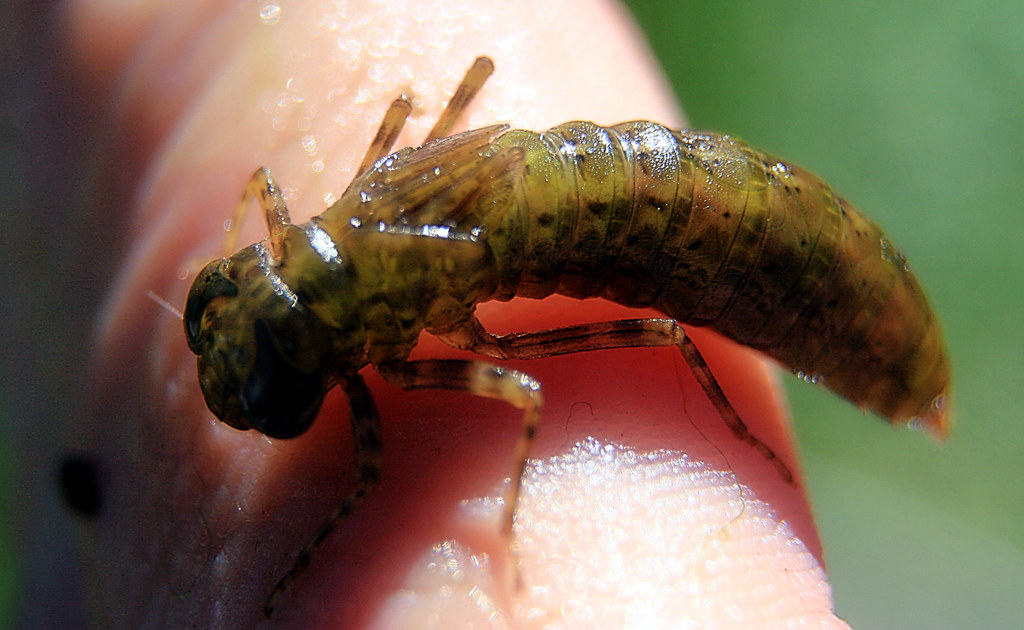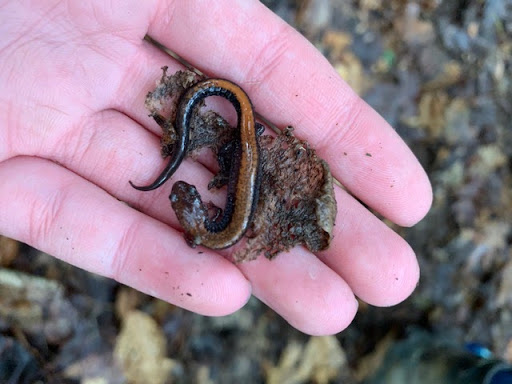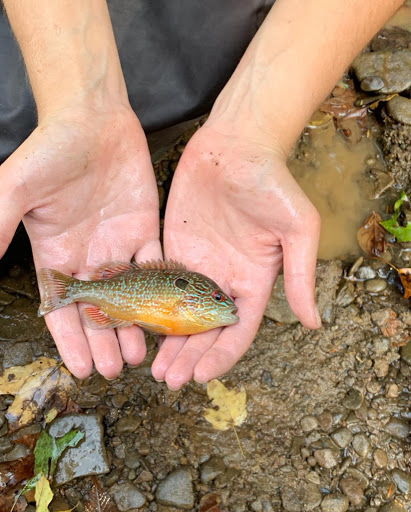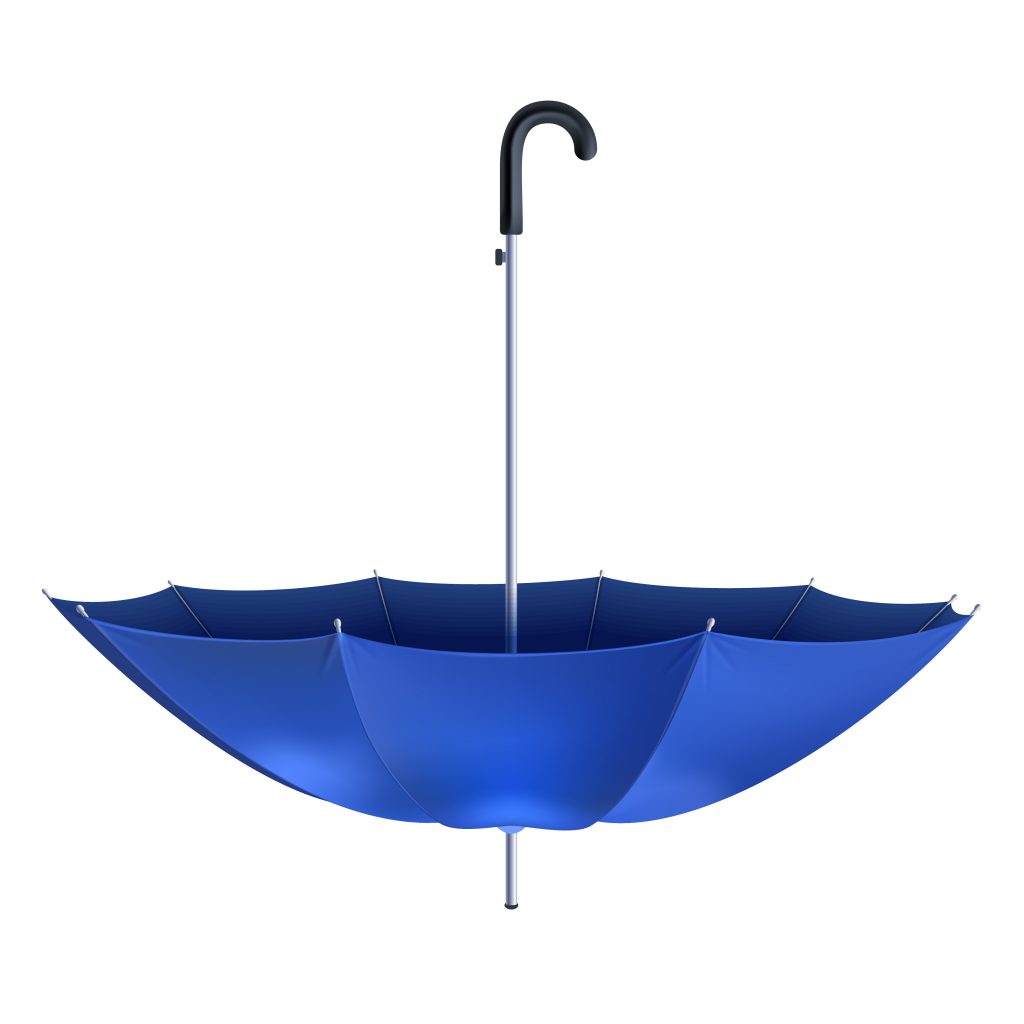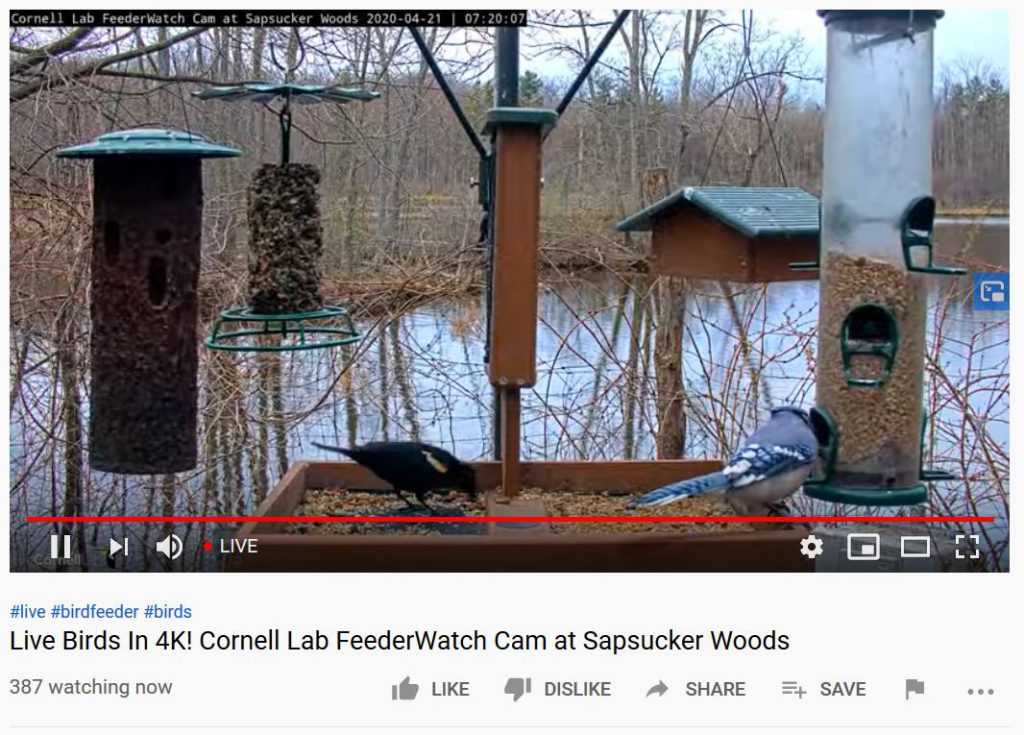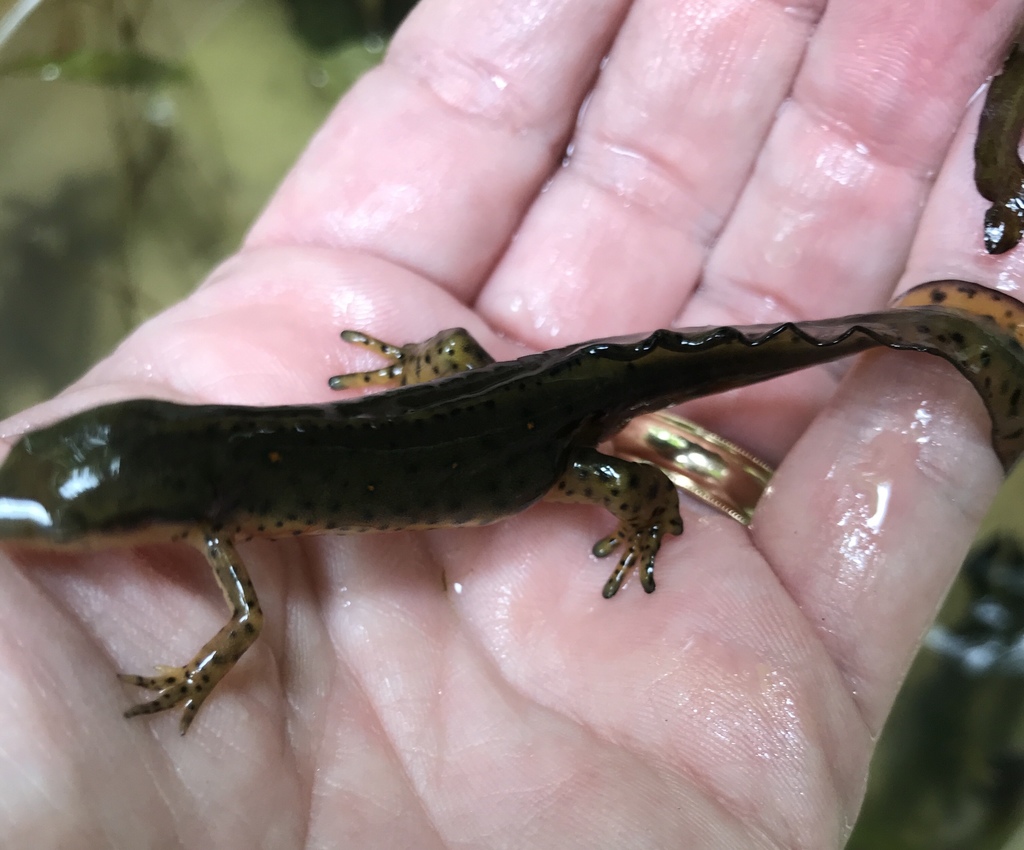Last week, we talked about some clues to water quality that you can see, like what lives in a stream. Today we’ll talk about an invisible part of water quality: pH.
The pH scale measures how acidic or basic water is:
- An example of an acid is lemon juice (acids often taste sour).
- An example of a base would be soapy water (bases often feel slippery).
- Plain old water from your sink should be neutral (in the middle between acidic and basic).
- Ever done the science experiment where you mix baking soda and vinegar , and it bubbles up like a volcano? That’s because you mixed a base and an acid!

Can you think of some items around the house that might be an acid or base? (Here are some examples to compare).
